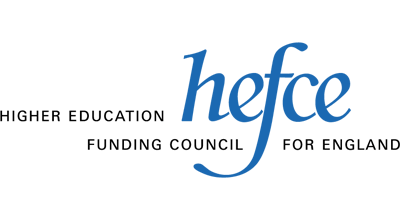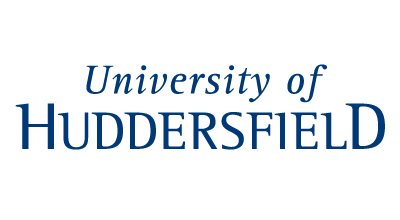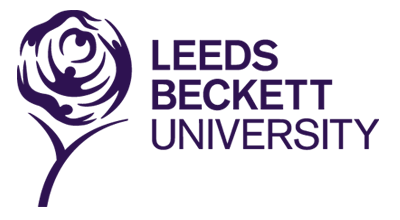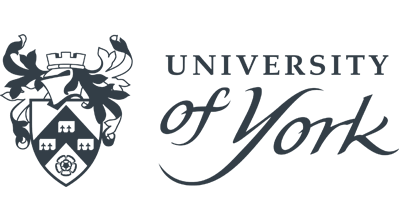Date published: 16/10/18
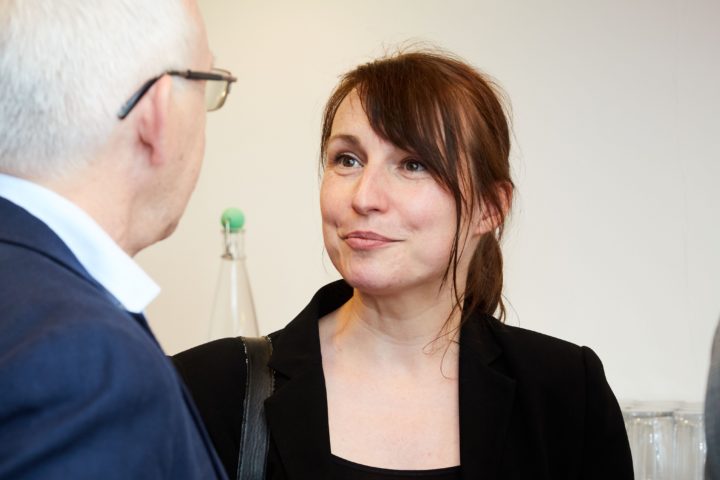
Publish or patent? How researchers can have the best of both worlds
University researchers work incredibly hard to produce work that can be published in journals through the academic peer review system. Publishing is a tangible research contribution: often it is the mechanism through which academics contribute to their field. It is also a necessary product of research grants – and it may represent a step towards promotion.
But research often also leads to innovations that could, in turn, result in new products and services that can benefit society. Developing these commercially can be a complex and costly process – particularly in the field of medical technology where the route to market will often involve an industry partner or a licensing deal. For that to happen successfully, the innovation needs to be protected via a patent application.
Of course, in order for patent applications to be filed successfully, the researcher is required to understand and carefully monitor disclosure– and particularly not to publish the work before it has been assessed for potential patentable subject matter.
It can sometimes appear as if there is a tension between these two activities: filing a patent application and publishing research. But in fact, there is no reason why the two cannot work well alongside each other. All it takes is some good communication between the academic, the university’s technology transfer office (TTO), and the patent attorney.
As specialist patent attorneys at Symbiosis IP, we’ve seen the best, and the worst, examples of how this relationship can work in practice. Ideally, the researcher will speak to their TTO at an early stage and will share all the information required for us to put a detailed patent application together. But even if time seems short it will usually be possible, given the right information, to file a patent application in advance of a publication deadline.
Getting specialist advice
The details of intellectual property protection can seem daunting, but as specialists in this area, patent attorneys can work alongside the TTO to provide advice and guidance to help academics through the process.
We can advise, from an early stage, whether an invention comprises patentable subject matter or not. If there are particular gaps in the research that might prevent a patent being granted, we’re able to suggest other work that the researcher might need to do to gather more evidence.
Once we’re sure that we have enough information regarding the invention, we’ll prepare an application. Although we understand what is required to put a robust application together, we need to work closely with the researcher to make sure the claims we are making are accurate, so we may go through several iterations before we arrive at a finished version.
After this first filing has taken place, the researcher is free to publish the research, but there are still several hurdles to overcome before a patent is granted, including filing and examination of the application in the countries where patent protection is desired.
There are costs involved along the way, and not just in securing granted patents: product development might also involve clinical trials, and activities necessary to gain regulatory approval. The final product will need to be able to offset the patent costs in order to be successful in the marketplace. Having the appropriate IP protection in place is key to success, so it’s important to get good advice as soon as possible.
Demystifying patent law
Often the biggest barrier to success is communication, but I think it is possible to demystify the process, and this is something we’re working on with Translate. Through Translate’s mentoring scheme, we have been able to offer some guidance to researchers who are working on innovations that will need IP protection.
It doesn’t cost very much to take those first few steps, to find out what is involved and even to file the patent application – but it is worth being aware that starting a patent application will require commitment. Taking time to understand a little bit about the system will make those later steps much easier to understand.


